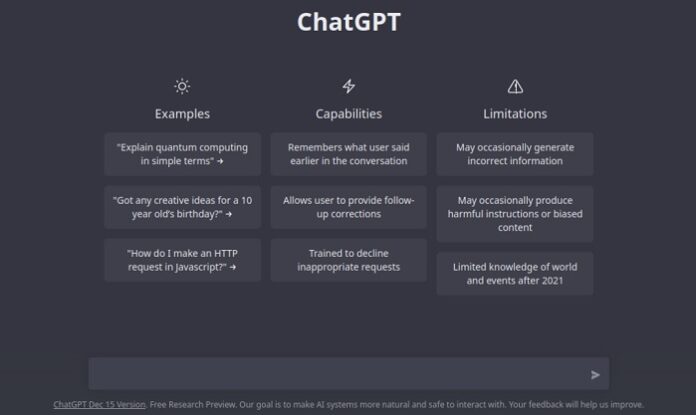ChatGPT is an AI language model developed by OpenAI. It is a deep learning-based model that has been trained on a large dataset of text, allowing it to generate human-like responses to a wide variety of questions and prompts.
ChatGPT is based on the transformer architecture, which is a type of neural network that is designed for processing sequential data, such as text. The model has been trained on a massive dataset of text, allowing it to generate coherent and coherent responses to a wide variety of questions and prompts. This makes it ideal for use in conversational AI applications, such as chatbots and virtual assistants.
One of the key benefits of ChatGPT is its ability to generate human-like responses. The model has been trained on a large corpus of text from the internet, which includes a diverse range of writing styles and topics. This has allowed it to develop a deep understanding of the relationships between words, phrases, and concepts, enabling it to generate responses that are similar to what a human might say.
Another advantage of ChatGPT is its scalability. The model is capable of processing large amounts of text data, making it well-suited for use in large-scale applications. This is particularly important for chatbots and virtual assistants, which must be able to handle large volumes of queries and conversations.
One of the challenges of using ChatGPT is ensuring that its responses are appropriate and accurate. Since the model has been trained on a large corpus of text from the internet, there is a risk that it will generate responses that are inappropriate, offensive, or contain inaccurate information. To mitigate this risk, it is important to carefully curate the training data used to train the model, and to implement appropriate filters and safeguards to ensure that the responses generated by the model are appropriate and accurate.
Another challenge is controlling the level of detail in the responses generated by ChatGPT. Since the model has been trained on a large corpus of text, it has a wealth of knowledge at its disposal. However, this can sometimes lead to responses that are overly verbose or contain more information than is necessary for the task at hand. To address this issue, it may be necessary to implement additional constraints and controls on the responses generated by the model, such as limiting the length of the response or imposing specific constraints on the content of the response.
In conclusion, ChatGPT is a powerful AI language model that has the potential to revolutionize the field of conversational AI. Its ability to generate human-like responses and its scalability make it well-suited for use in a wide range of applications, including chatbots and virtual assistants. However, it is important to carefully consider the challenges associated with using the model, such as ensuring that its responses are appropriate and accurate, and controlling the level of detail in its responses. By addressing these challenges and making appropriate use of the model, it is possible to harness the power of ChatGPT to build more advanced conversational AI applications that are more natural, intuitive, and engaging for users.
Vision Launch Media is a global discovery platform for free-speech and independent thought. We use alternative sourced information to increase awareness of crucial issues. Our goal is to help neutralize the corporate media’s dominance over our nation’s collective consciousness & promote critical thinking.



















